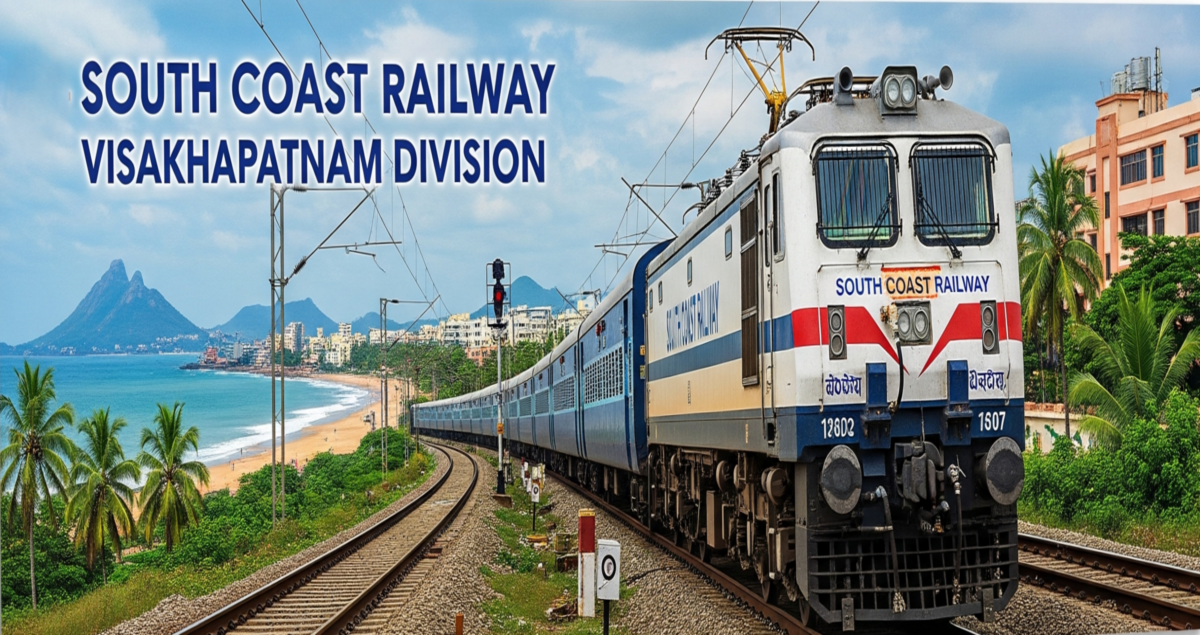Farewell Waltair, Hello Visakhapatnam Division
For generations, Waltair Division was more than a railway zone. It was a symbol of Visakhapatnam’s growth and industrial identity. Created during the colonial era, the division was designed to move iron ore from Central India to the eastern coast. Over time, it became one of the most profitable parts of Indian Railways, powered by steady freight traffic and its link to the busy port.
Waltair adapted to several reorganisations. In 1955, it was brought under South Eastern Railway. In 2003, it shifted to the newly formed East Coast Railway (ECoR). Despite the changes, its freight strength endured, anchored by the Kothavalasa–Kirandul line and Visakhapatnam Port. Even after the station was renamed Visakhapatnam in 1987, the name Waltair lived on in the hearts of employees and residents.
That long chapter has now closed. With the creation of the South Coast Railway (SCoR) headquartered in Visakhapatnam, Waltair Division has been split. The Andhra Pradesh section has become the Visakhapatnam Railway Division, while the Odisha portion has merged into the new Rayagada Division under ECoR.
The development has drawn mixed responses. “For the first time, a zonal headquarters has been located in Visakhapatnam. It is a long-standing demand finally fulfilled, and it brings decision-making closer to the people of this region,” said a senior railway official.
Others worry about revenue. “The revenue-rich ore routes in Odisha and Chhattisgarh have gone to Rayagada Division. That weakens the financial base of Visakhapatnam Division right from the start,” said a retired employee who served in Waltair for three decades.
For Visakhapatnam, the establishment of SCoR is still seen as a gain. With leadership in the city, railway users expect faster approvals, closer coordination with the Andhra Pradesh government, and stronger attention to passenger services, which were often secondary to freight.
Union leaders, however, point to continuity. “Names and jurisdictions may change, but the spirit of Waltair remains. The challenge is to carry forward its efficiency while meeting local needs more directly,” said a railway union representative.
Though the name Waltair may vanish from official records, its imprint on Visakhapatnam’s railway history is permanent. Its freight corridors, locomotives, and yards powered the city’s rise into an industrial hub. The new Visakhapatnam Division now carries that legacy forward, with the added task of improving passenger amenities.
For Visakhapatnam and its railways, this farewell is also a beginning.



